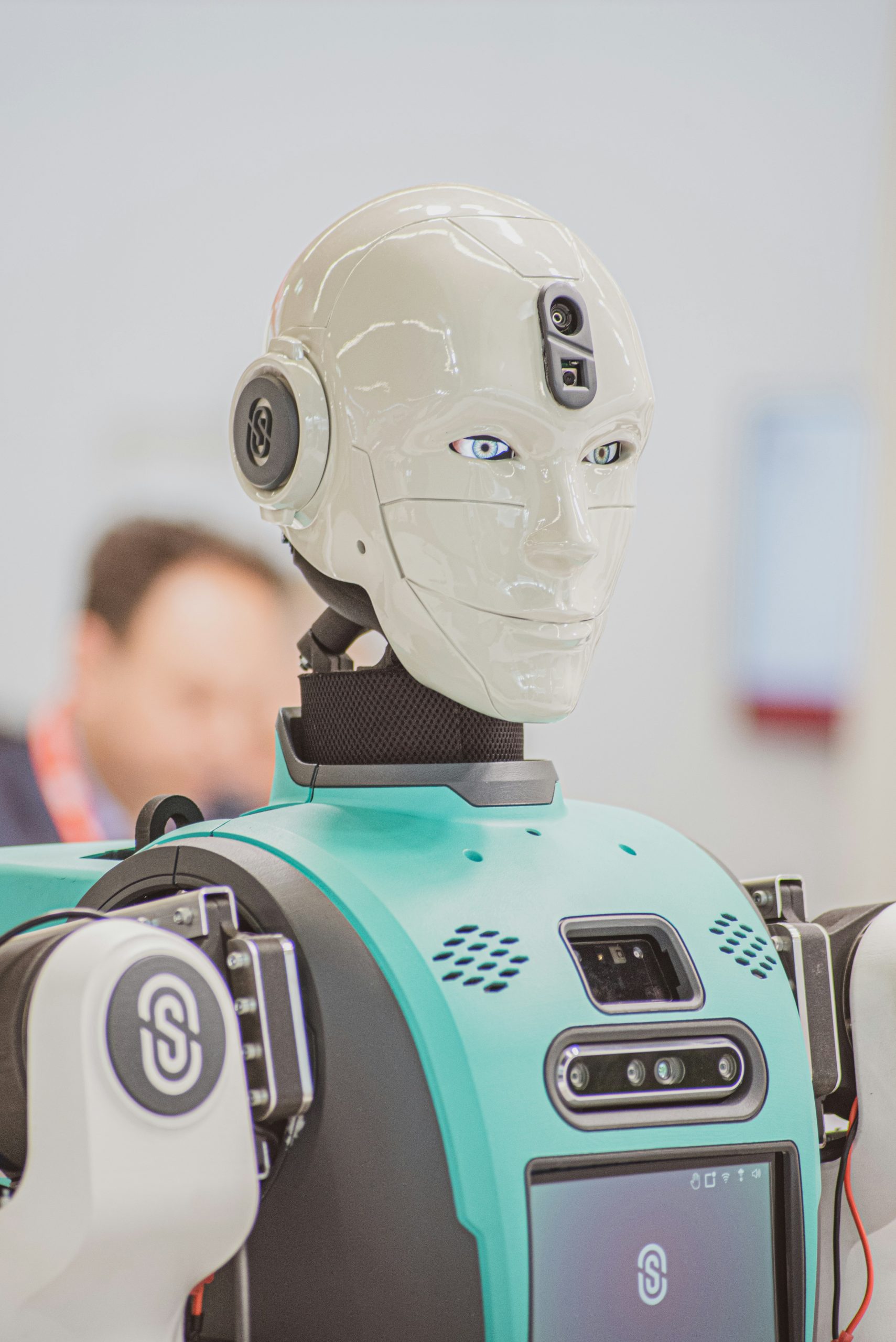Apple has taken a significant step towards the launch of its highly anticipated Vision Pro headset by releasing the visionOS software development kit (SDK) to developers. This move marks a crucial phase in the evolution of spatial computing, offering developers the tools to create innovative applications for the mixed reality platform.
The Vision Pro, announced at Apple’s Worldwide Developers Conference (WWDC) in June, represents the company’s bold entry into the rapidly growing augmented and mixed reality market. With the release of the visionOS SDK, Apple is inviting developers to explore the possibilities of this new computing paradigm, potentially revolutionizing how we interact with digital content in our physical spaces.
A New Era of App Development
The visionOS SDK provides developers with a comprehensive set of tools and frameworks to build apps specifically for the Vision Pro. This includes access to key features such as hand and eye tracking, spatial audio, and the ability to create immersive 3D environments. The SDK is designed to work seamlessly with existing Apple development tools like Xcode, making it easier for iOS and macOS developers to transition to this new platform.
One of the most exciting aspects of the SDK is its support for SwiftUI, Apple’s modern UI framework. This allows developers to create user interfaces that can adapt to the unique spatial environment of the Vision Pro. The Digital Crown, a familiar input method from the Apple Watch, has been reimagined for the Vision Pro, offering precise control in three-dimensional space.
Bridging the Physical and Digital Worlds
The Vision Pro’s mixed reality capabilities open up new possibilities for app experiences that blend digital content with the real world. Developers can create apps that place virtual objects in the user’s physical environment, allowing for intuitive interactions and novel use cases across various industries.
For instance, in the field of education, apps could provide immersive learning experiences, allowing students to explore historical sites or complex scientific concepts in 3D. In healthcare, medical professionals could use Vision Pro apps for advanced visualization of patient data or surgical planning.
Challenges and Opportunities
While the release of the SDK is a significant milestone, developers face several challenges in creating compelling experiences for the Vision Pro. The unique interface paradigms of spatial computing require rethinking traditional app design principles. Developers must consider factors such as user comfort, spatial awareness, and the integration of virtual elements with the physical world.
Moreover, the high-end positioning and expected price point of the Vision Pro may initially limit its user base. Developers will need to carefully consider their target audience and the potential return on investment when deciding to develop for this platform.
Industry Impact and Future Prospects
The introduction of the Vision Pro and visionOS could have far-reaching implications for various industries. In the business sector, spatial computing applications could transform remote collaboration, data visualization, and product design processes. The entertainment industry might see new forms of immersive content creation and consumption.
As 5G networks continue to expand, the potential for cloud-based spatial computing experiences grows, potentially allowing for more powerful and responsive applications on the Vision Pro.
Developer Resources and Support
To support developers in this new endeavor, Apple has provided extensive documentation, sample code, and design guidelines through its developer portal. The company is also offering developer labs and one-on-one consultations to assist in app creation and optimization for the Vision Pro.
Additionally, Apple has announced that existing iOS and iPadOS apps will be compatible with the Vision Pro, running in a 2D window within the spatial environment. This compatibility ensures a rich ecosystem of apps will be available at launch, while encouraging developers to create native visionOS experiences.
The Road Ahead
As developers begin to explore the capabilities of the visionOS SDK, the coming months will be crucial in shaping the app ecosystem for the Vision Pro. The success of the platform will largely depend on the creativity and innovation of the developer community in creating compelling spatial computing experiences.
The Vision Pro is set to launch in early 2024, giving developers several months to prepare their apps for the new platform. This timeline aligns with Apple’s typical product release cycle and allows for thorough testing and refinement of both the hardware and software.
Conclusion
The release of the visionOS SDK marks a significant milestone in the development of spatial computing. As developers begin to explore the possibilities of this new platform, we can expect to see innovative applications that challenge our current understanding of human-computer interaction.
While challenges remain, the potential for transformative experiences across various industries is immense. As we approach the launch of the Vision Pro, the tech world will be watching closely to see how this bold venture into mixed reality shapes the future of computing.
The coming months will be critical in determining whether Apple’s vision for spatial computing resonates with developers and consumers alike. As the lines between our physical and digital worlds continue to blur, the Vision Pro and visionOS may well be at the forefront of this technological revolution.


 Home4 years ago
Home4 years ago
 Medical4 years ago
Medical4 years ago
 Gadgets4 years ago
Gadgets4 years ago
 Environment4 years ago
Environment4 years ago
 Medical4 years ago
Medical4 years ago
 Energy4 years ago
Energy4 years ago













